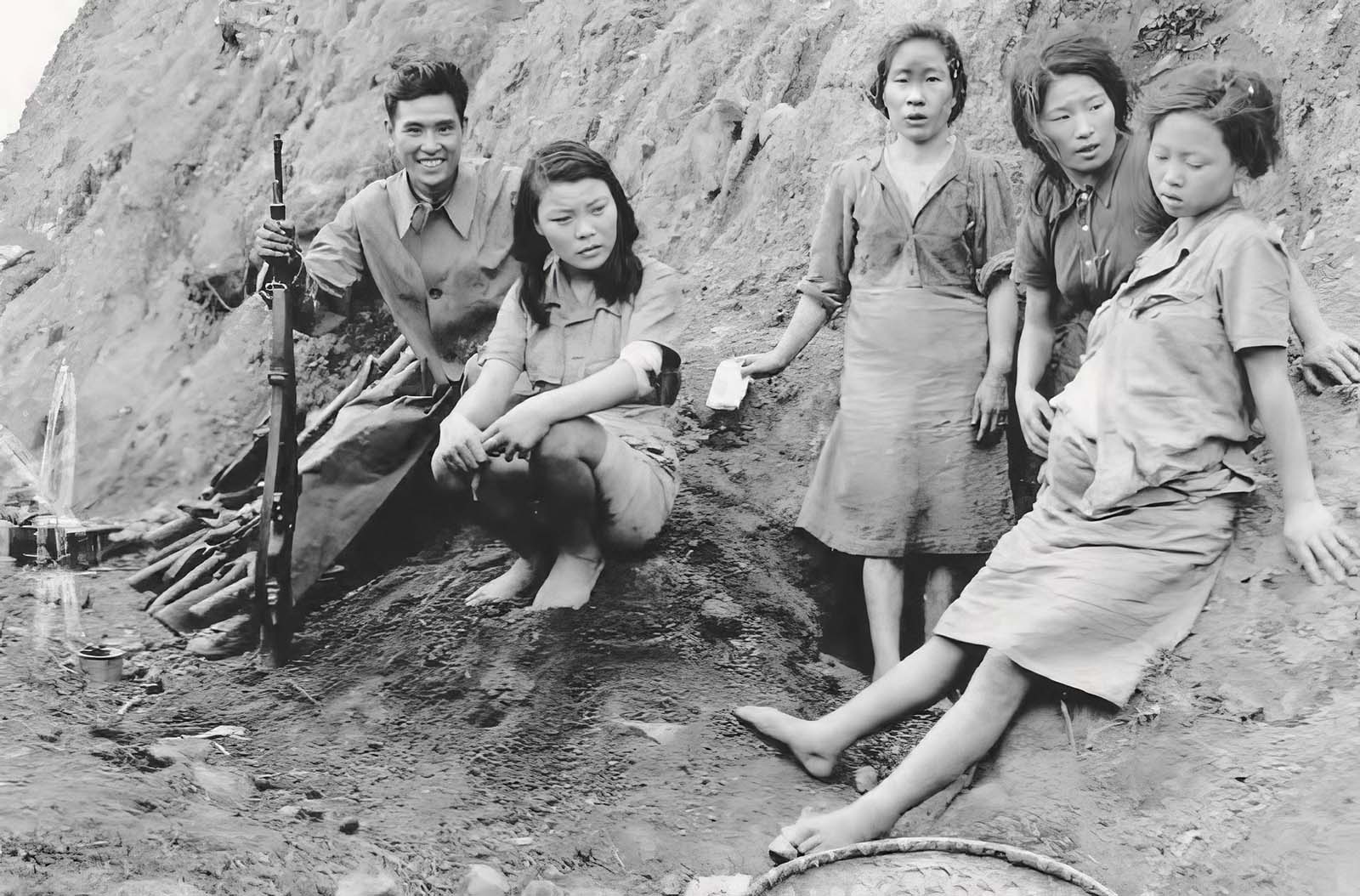 The story of Japan’s “comfort women” remains one of the most painful and heavily documented examples of wartime exploitation in modern history.
The story of Japan’s “comfort women” remains one of the most painful and heavily documented examples of wartime exploitation in modern history.
Between 1932 and 1945, the Imperial Japanese government created and oversaw a vast system of sexual slavery that stretched across much of Asia and the Pacific.
The term “comfort women,” introduced by the Japanese military, was intentionally euphemistic and has long been criticized by scholars for downplaying the magnitude of the crimes committed.
Researchers generally agree that the number of women forced into this system reached into the hundreds of thousands, with victims ranging from adult women to girls barely twelve years old.
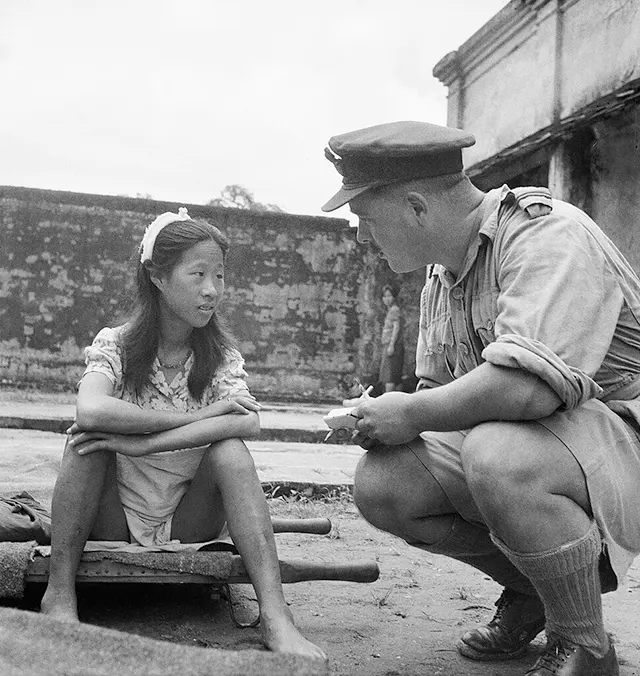
An ethnic Chinese comfort woman being interviewed by a flying officer of the Royal Air Force at Rangoon, 8 August 1945.
Most were taken from Korea and China, but survivors have been identified from Japan, Taiwan, the Philippines, Indonesia, Malaysia, Vietnam, Thailand, East Timor, and the Dutch East Indies, as well as from European communities living in occupied territories.
The roots of the system can be traced to Japan’s growing political and military influence in East Asia during the early twentieth century.
After the colonization of Taiwan in 1895, the creation of a protectorate in Korea in 1905, and the establishment of the puppet state of Manchukuo in 1932, Japan positioned itself as a dominant power in the region.

Korean comfort women being questioned by the United States Army after the Siege of Myitkyina, August 14, 1944.
With the outbreak of the Second Sino–Japanese War in 1937, the conflict widened into a prolonged period of violence that would eventually merge into the Second World War.
As Japanese forces advanced, military leaders developed a network of “comfort stations” designed to serve the army and maintain strict control over soldiers’ behavior.
Official military documents and personal diaries leave little doubt that high-ranking officers planned, managed, and expanded the system.
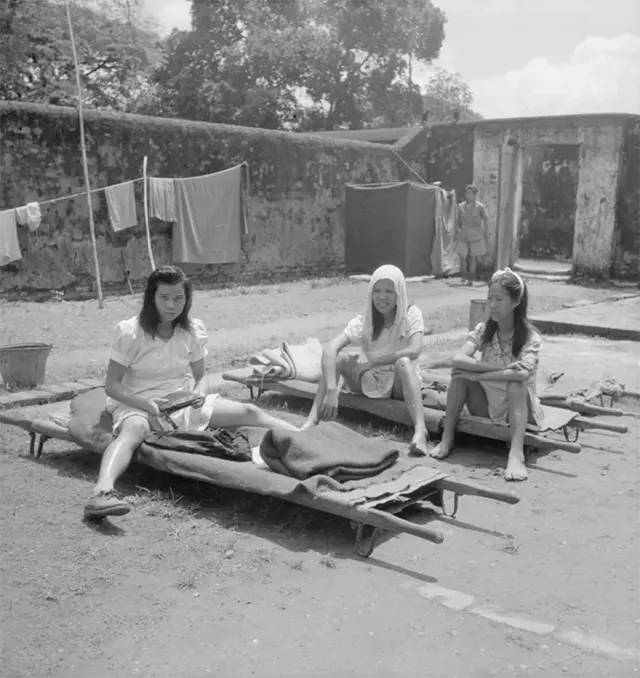
Three young women who had been forced into sexual slavery as ‘comfort women’ during the Second World War.
A 1932 diary entry by Okabe Naosaburō, a senior staff officer in the Shanghai Expeditionary Force, reveals the mindset behind its creation. He noted:
Recently, soldiers have been prowling around everywhere looking for women, and I often heard obscene stories [about their behavior].
As long as conditions are peaceful and the army is not engaged in fighting, these incidents are difficult to prevent. Rather, we should recognize that we can actively provide facilities.
I have considered many policy options for resolving the troops’ sexual problems and have set to work on realizing that goal. Lieutenant Cononel Nagami [Toshinori] will bear primary responsibility in this matter.
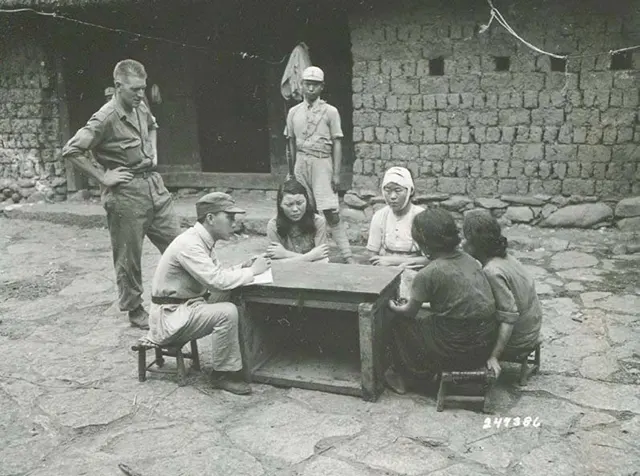
Chinese ‘Comfort Women’ formerly in the service of the Imperial Japanese Army being interviewed by Chinese soldiers watched by an American officer, c. 1945.
Orders to establish comfort stations typically came from senior commanders, after which subordinate officers carried out the logistics.
The military justified the system in several ways: as a tool to boost morale, regulate soldiers’ conduct, reduce venereal disease, and prevent mass assaults that could inflame local resistance.
In the earliest stage, some women working as prostitutes in Japan entered these stations. However, as the empire expanded deeper into Asia, voluntary participation became virtually nonexistent.
The army turned to coercion, deception, and force, targeting vulnerable communities in Korea, Taiwan, and China.
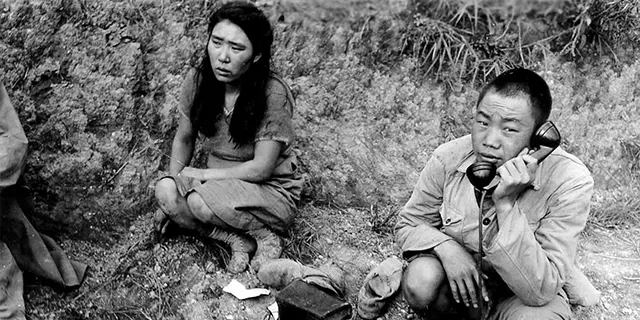 Beginning in 1938, the military increasingly relied on brokers—both Japanese and local—to “recruit” young women.
Beginning in 1938, the military increasingly relied on brokers—both Japanese and local—to “recruit” young women.
In many cases, agents would travel from town to town collecting groups of girls with promises of factory jobs, nursing work, or other forms of paid employment.
Daughters from poor families were especially vulnerable to these false offers. By the time they realized the truth, they were already transported to military outposts and placed under armed control.
As the war intensified, the police became directly involved in rounding up young women, and cases of outright abduction grew more common.
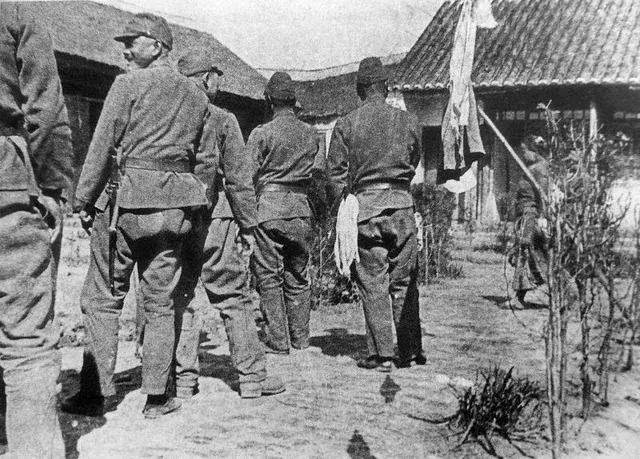
Japanese soldiers waiting in line at a comfort station.
The conditions these women faced were violent, dehumanizing, and often fatal. Many did not survive their captivity, succumbing to repeated assaults, untreated illnesses, and the psychological trauma inflicted upon them.
Survivors described being forced to serve multiple soldiers every day, sometimes ten or more under normal circumstances and as many as forty after major battles.
Food, sanitation, and shelter were grossly inadequate, and medical treatment was limited almost entirely to controlling venereal disease or terminating pregnancies.
Women who tried to escape were beaten, tortured, or threatened with harm to their families. Some were compelled to donate blood to wounded soldiers, further weakening their already fragile health.

Rescued Korean comfort women under Allied protection in Burma.
Because many comfort stations were located near active battle zones, the constant movement of troops placed the women in extreme danger.
As Allied forces pushed back against Japan’s defensive lines, countless women were killed in bombings, crossfire, or forced relocations.
In several documented cases, retreating Japanese troops executed groups of Korean women to prevent them from being liberated and revealing the extent of the system.
Comfort women were usually injected with salvarsan, which together with damage to the vagina caused by rape were the causes of unusually high rates of sterility among the comfort women.
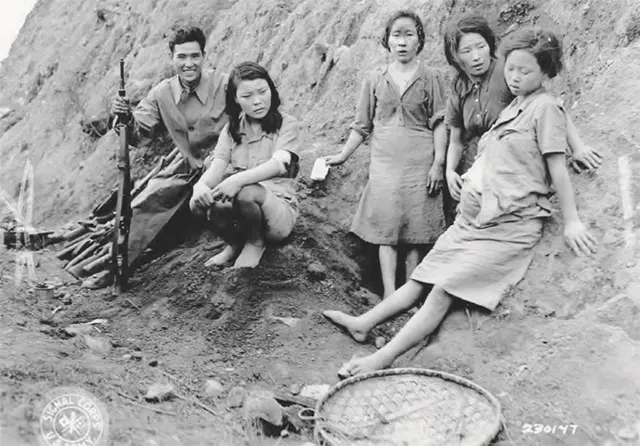
Four Korean comfort women after they were liberated by US-China Allied Forces outside Songshan, Yunnan Province, China on September 7, 1944. (The one on the right looks pregnant).
The end of the war did not bring immediate justice. Large volumes of records related to the comfort women system were deliberately destroyed or hidden under government orders, making it difficult for historians to determine exact numbers or trace individual accounts.
For decades, Japan denied its responsibility, rejecting claims of coercion and disputing testimonies from survivors.
Only in the 1990s, after persistent demands from victims and the release of key documents proving state involvement, did the Japanese government issue limited apologies and financial compensation.
These efforts, however, were widely criticized as incomplete and insincere, and public officials have continued to minimize or deny the atrocities.
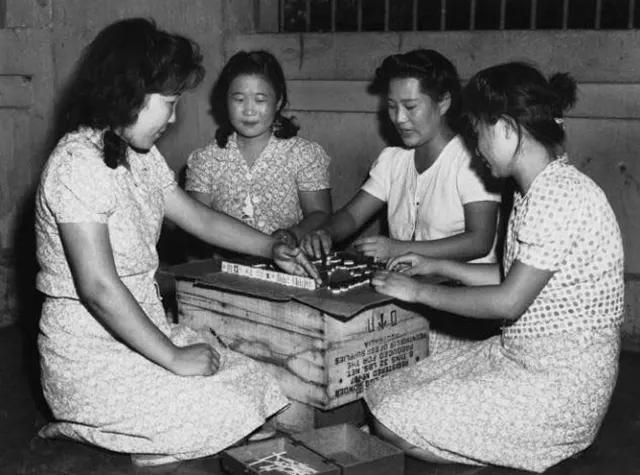
Four Filipina ‘Comfort Women’ forced into sexual slavery by the Imperial Japanese Army on Luzon, c.1942-1945.
Although historians estimate the number of victims between 20,000 and 200,000, the true figure may never be known.
The destruction of documents, the deaths of survivors, and the lingering political tensions in the region have all complicated efforts to establish a definitive record.
Yet the testimonies that remain, combined with surviving photographs and military papers, form a powerful body of evidence detailing a system built on exploitation, violence, and widespread human suffering.
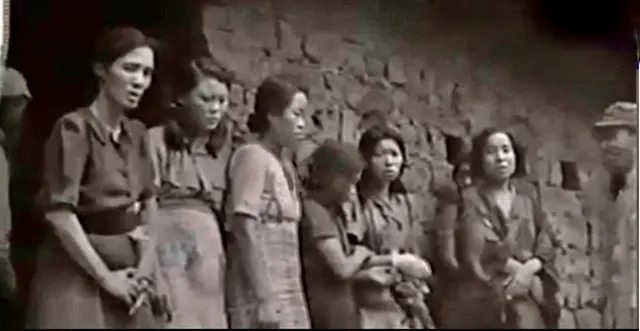
Still from a video: The first known footage of what researchers say are so-called comfort women has emerged in South Korea.
According to an account by a survivor, she was beaten when she attempted to resist being raped. The women who were not prostitutes prior to joining the “comfort women corps”, especially those taken in by force, were normally “broken in” by being raped.
One Korean woman, Kim Hak-sun, stated in a 1991 interview about how she was drafted into the “comfort women corps” in 1941: “When I was 17 years old, the Japanese soldiers came along in a truck, beat us [her and a friend], and then dragged us into the back.
I was told if I were drafted, I could earn lots of money in a textile factory … The first day I was raped and the rapes never stopped …I was born a woman but never lived as a woman …
I feel sick when I come close to a man. Not just Japanese men, but all men-even my own husband who saved me from the brothel. I shiver whenever I see a Japanese flag … Why should I feel ashamed? I don’t have to feel ashamed.”
Kim stated that she was raped 30–40 times a day, every day of the year during her time as a “comfort woman”.
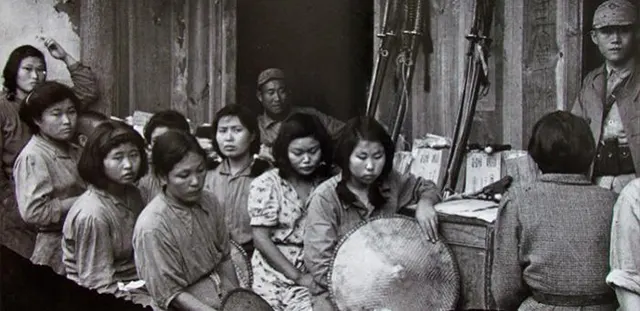
A group of comfort women filmed by the Japanese military.
Reflecting their dehumanized status, Army and Navy records where referring to the movement of comfort women always used the term “units of war supplies”.
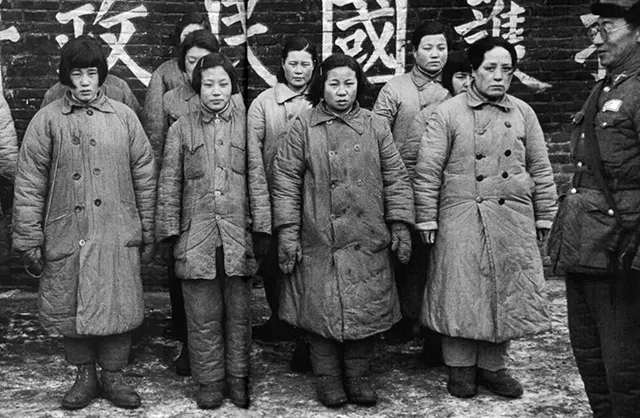
A Nationalist officer guarding women prisoners said to be “comfort girls” used by the Communists, 1948.
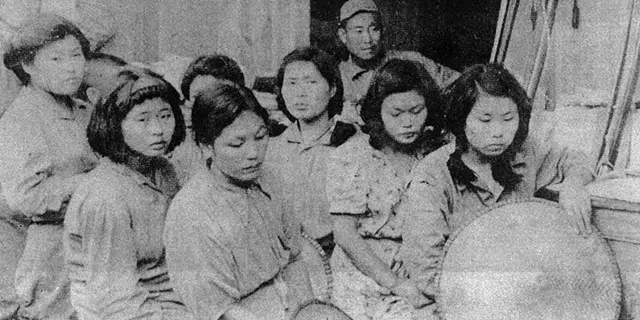
A group of comfort women, a Japanese soldier can be seen behind them.
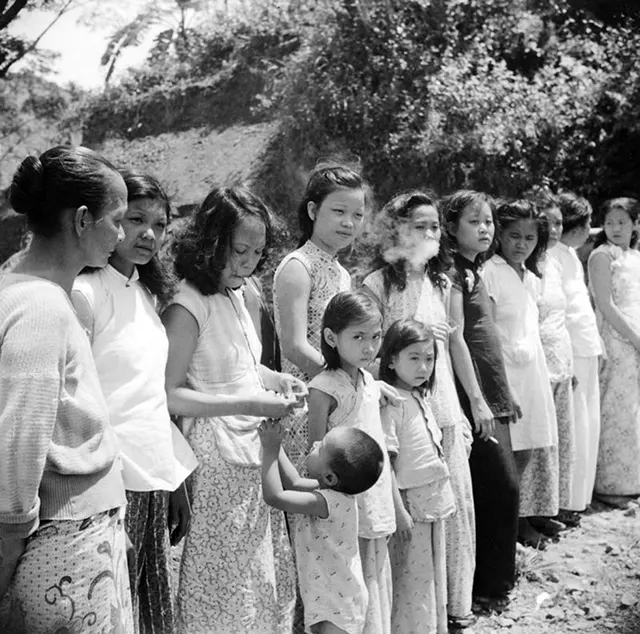
Chinese and Malayan girls forcibly taken from Penang by the Japanese to work as ‘comfort girls’ for the troops.
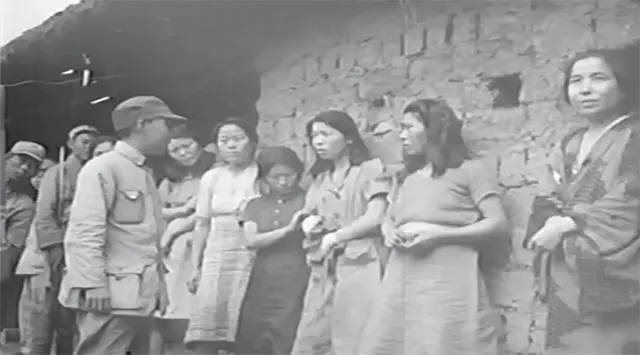
Still from a video (the only known footage in existence).
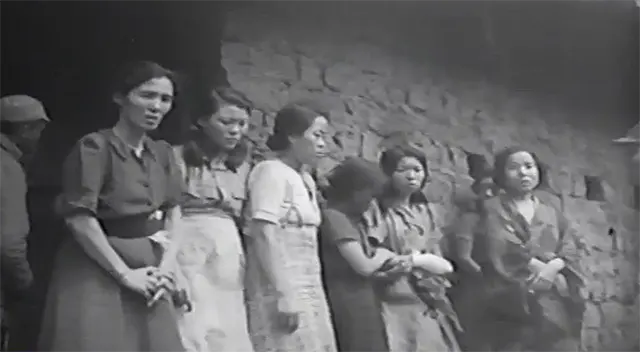
Still from a video (the only known footage in existence).
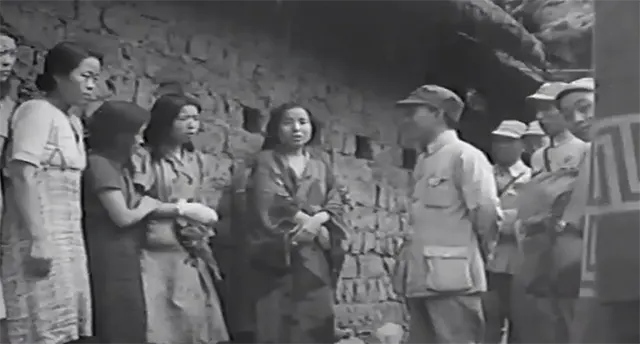
Still from a video (the only known footage in existence).
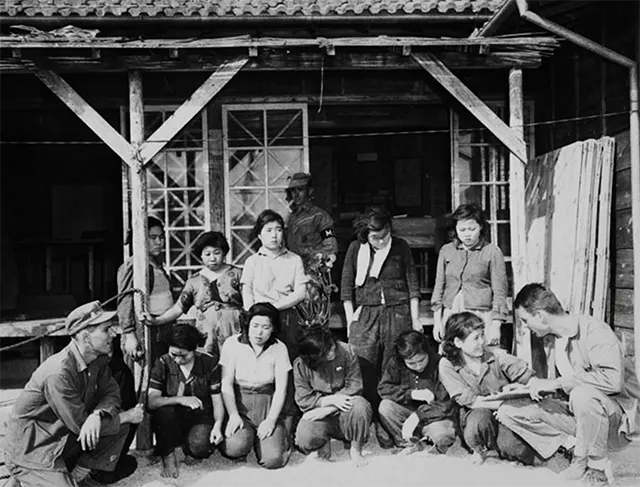
‘Comfort Women’ enslaved by the Japanese Imperial Army after liberation by US forces on Okinawa, 1945.
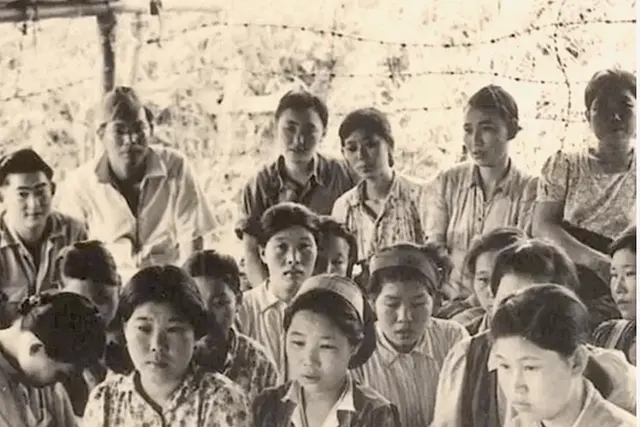
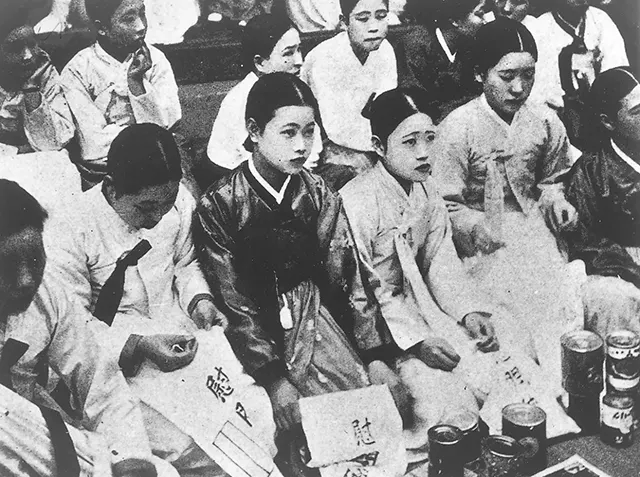
Korean ‘Comfort Women’ forced into sexual slavery by the Imperial Japanese Army.
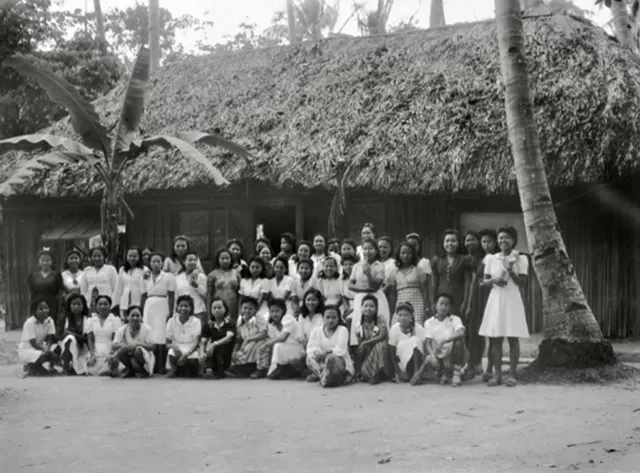
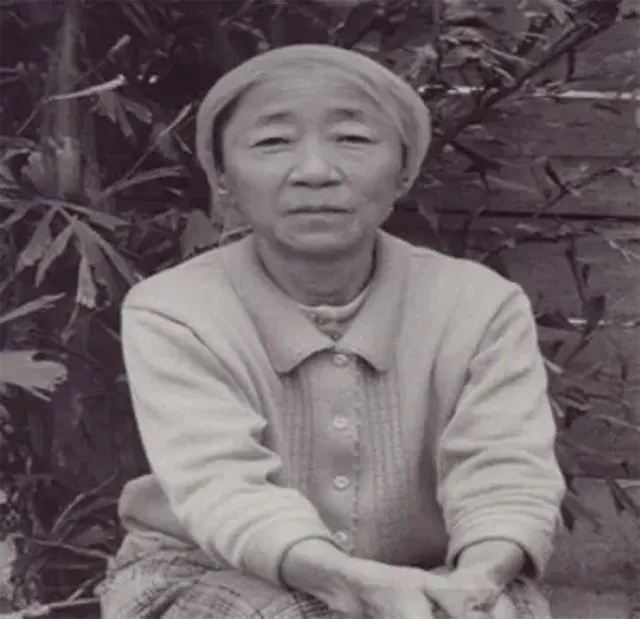
An original photograph of Korean comfort women under the Japanese military taken in Myitkyina.
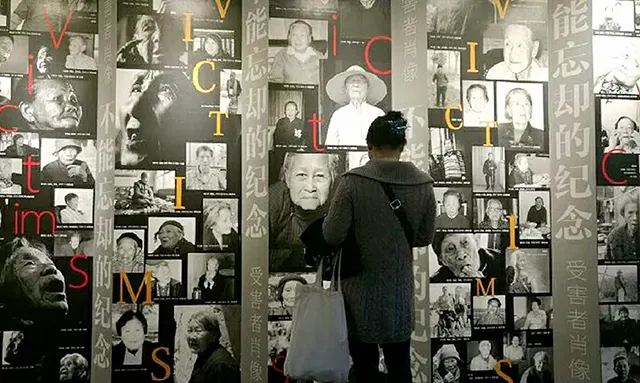
The comfort women museum in Shanghai is dedicated to the women who were forced into being sex slaves during the second world war.
On February 20, 2014, Chief Cabinet Secretary Yoshihide Suga said the Japanese government may reconsider the study and the apology. However, Prime Minister Abe clarified on March 14, 2014, that he had no intention of renouncing or altering it.
On December 28, 2015, Prime Minister Shinzo Abe and South Korean President Park Geun-hye formally agreed to settle the dispute.
Abe again expressed his most sincere apologies and remorse to all the women. He acknowledged that they had undergone immeasurable and painful experiences and suffered incurable physical and psychological wounds as comfort women.
(Photo credit: Wikimedia Commons / Korean, Chinese and Japanese Archives / US Army Archives).